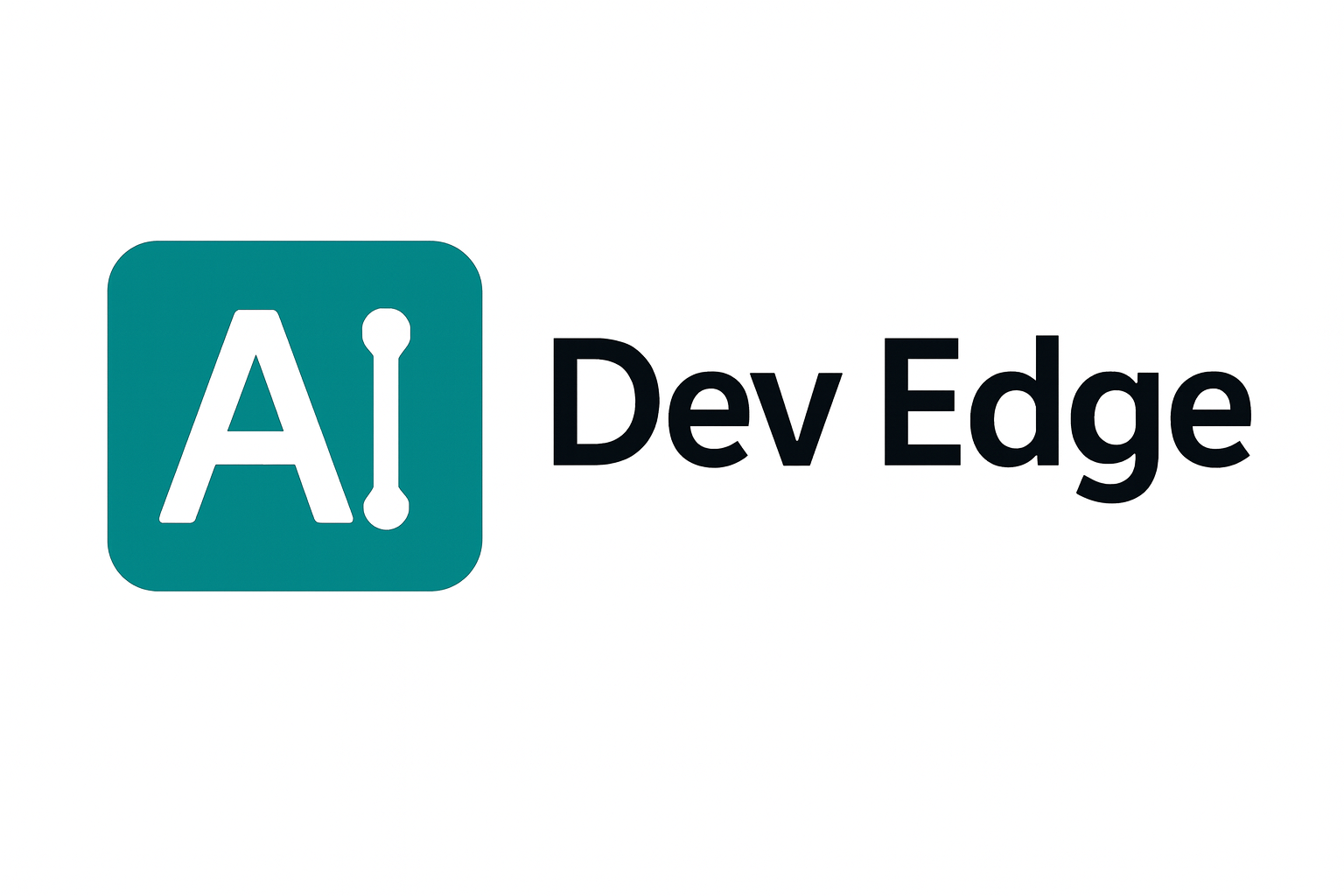Unlocking Precision Marketing with AI-Powered Customer Segmentation
In the rapidly evolving landscape of digital marketing, delivering the right message to the right audience at the right time is crucial for success. Marketers are increasingly turning to advanced technologies to achieve this goal, and AI-powered customer segmentation engines are at the forefront of this transformation. By leveraging clustering algorithms and transformer-based embeddings, these engines enable marketing automation platforms to deliver hyper-targeted messaging across multiple channels. This article explores how these advanced tools are reshaping marketing strategies and driving measurable results.
Understanding AI-Powered Customer Segmentation
AI-powered customer segmentation refers to the use of artificial intelligence techniques to divide a customer base into distinct groups. These segments are based on shared characteristics, behaviors, or preferences. By applying sophisticated algorithms, businesses can gain deeper insights into their customers, allowing for more personalized marketing efforts.
Clustering Algorithms: The Backbone of Segmentation
Clustering algorithms play a vital role in the segmentation process. These algorithms analyze large datasets to identify patterns and group similar customers together. Popular methods include k-means clustering and hierarchical clustering, each with its strengths and use cases. For instance, k-means is ideal for well-defined clusters, while hierarchical clustering is beneficial for exploratory data analysis.
Transformer-Based Embeddings: Enhancing Precision
Transformer-based embeddings enhance the accuracy of customer segmentation by providing a nuanced understanding of customer data. These embeddings, derived from natural language processing models like BERT or GPT, capture contextual relationships within the data. By incorporating these embeddings, marketers can better understand customer intent and behavior, leading to more precise targeting.
Integrating Unified Customer Profiles from CDPs
A critical component of effective segmentation is the integration of unified customer profiles from Customer Data Platforms (CDPs). CDPs consolidate data from various sources, creating a comprehensive view of each customer. By feeding this unified data into the segmentation engine, marketers ensure that all relevant information is considered, leading to more accurate and actionable insights.
Benefits of Unified Customer Profiles
Unified customer profiles offer several benefits, including:
- Comprehensive View: Consolidates data from multiple touchpoints for a 360-degree view of the customer.
- Improved Accuracy: Enhances segmentation accuracy by using complete and up-to-date information.
- Seamless Integration: Facilitates smooth integration with marketing automation platforms for streamlined operations.
Delivering Hyper-Targeted Messaging Across Channels
Once customer segments are identified, the next step is to deliver hyper-targeted messaging. By tailoring content to the specific needs and preferences of each segment, marketers can significantly improve engagement and conversion rates.
Multi-Channel Messaging: Reaching Customers Where They Are
Effective marketing strategies utilize multiple channels to reach customers, including email, social media, and SMS. AI-powered engines help determine the optimal channel and timing for each message, maximizing the likelihood of engagement. For example, a personalized email campaign can be supplemented by targeted social media ads to reinforce the message and increase visibility.
Personalization at Scale: Achieving the Impossible
One of the primary challenges of personalized marketing is scalability. AI-powered engines overcome this by automating the personalization process, allowing businesses to deliver tailored content to thousands of customers simultaneously. This capability not only improves customer experience but also drives better business outcomes.
Real-World Examples and Results
To illustrate the impact of AI-powered customer segmentation, consider the following examples:
- Before Implementation: A retail company struggled with low email open rates and conversion due to generic messaging.
- After Implementation: By applying AI-driven segmentation, the company created targeted campaigns that resulted in a 40% increase in open rates and a 25% boost in sales.
Such results underscore the transformative potential of these technologies in driving marketing success.
Conclusion: Harnessing AI for Better Marketing Outcomes
AI-powered customer segmentation is a game-changer for marketers seeking to enhance their targeting strategies. By leveraging clustering algorithms, transformer-based embeddings, and unified customer profiles, businesses can deliver hyper-targeted messaging that resonates with their audience. As the digital landscape continues to evolve, these tools will be essential for staying competitive and achieving measurable results.
FAQs
What are clustering algorithms, and why are they important for segmentation?
Clustering algorithms are mathematical methods used to group similar data points together based on shared characteristics. They are crucial for segmentation because they allow businesses to identify distinct customer groups, enabling more targeted marketing efforts.
How do transformer-based embeddings improve customer segmentation?
Transformer-based embeddings enhance segmentation by capturing contextual relationships within customer data. This leads to a more nuanced understanding of customer behavior and preferences, resulting in more precise targeting.
What role do CDPs play in AI-powered segmentation?
Customer Data Platforms (CDPs) consolidate data from various sources into unified customer profiles. These profiles provide a comprehensive view of each customer, improving the accuracy and effectiveness of AI-powered segmentation engines.
